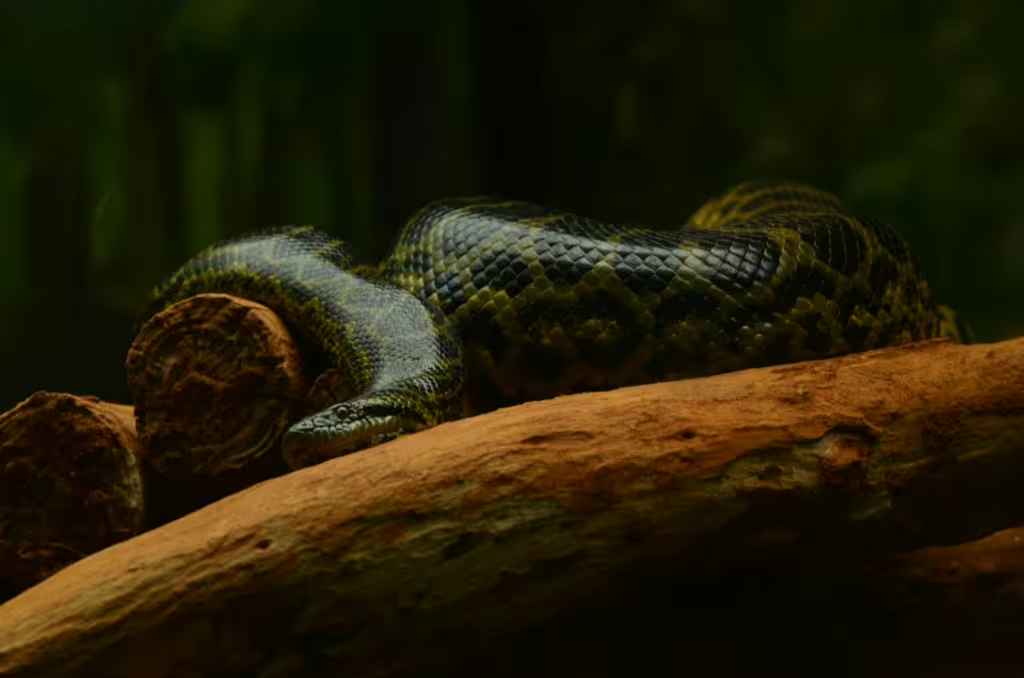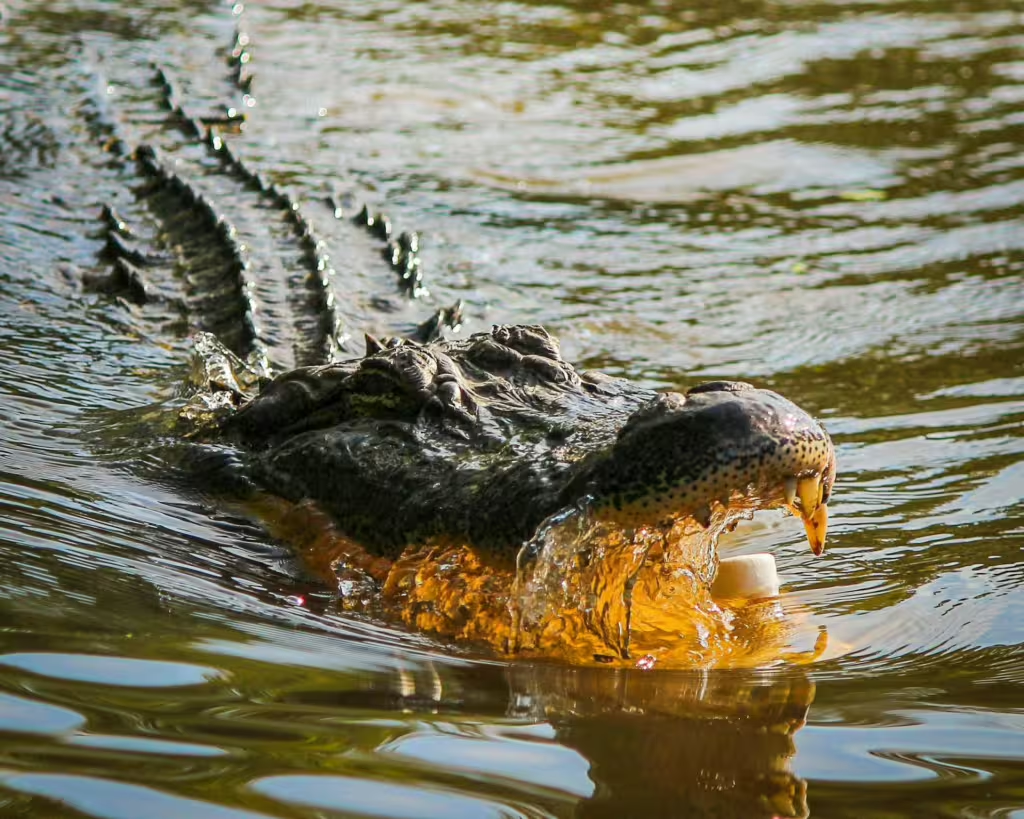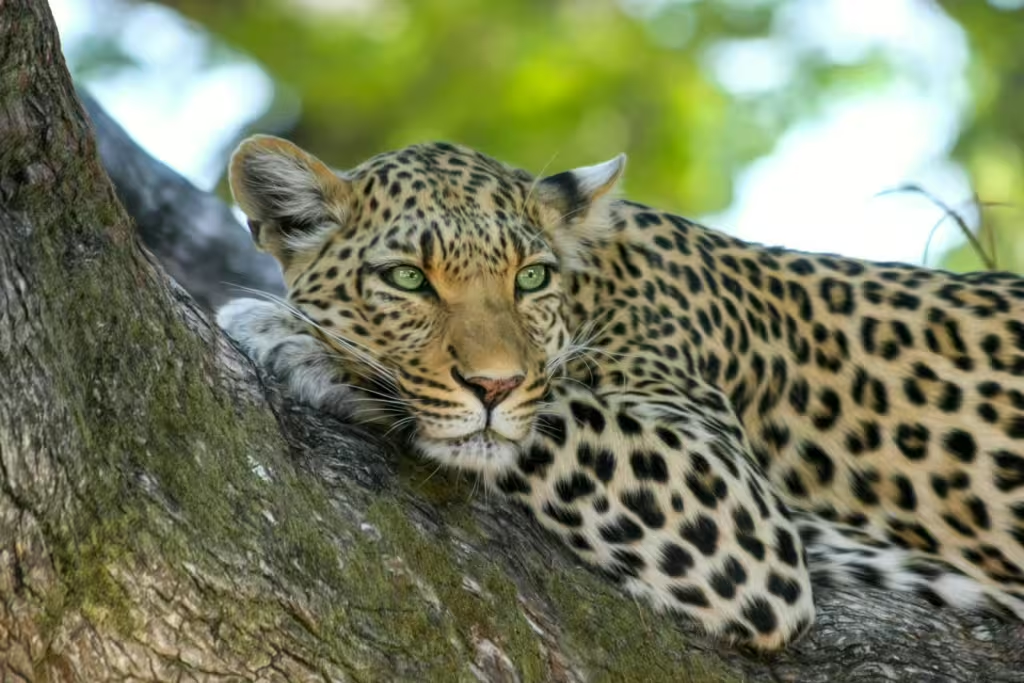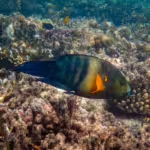In the natural world, predators sit atop the food chain, controlling the balance of the their respective ecosystems simply by doing what they do best; hunt. The largest of our planet’s predators are architects of evolution and natural selection. The animals that they hunt have evolved specialized adaptations and behaviors to avoid becoming a meal, just as the predators themselves have changed over time to circumvent these evolutionary safety measures.
Among these predators, giants exist. The creatures we speak of represent nature’s raw power and striking visuals. Some of the hunters on this list are merely big, powerful enough to bring down prey with their strength alone. Others are stealthy ambush experts and still more rely on social cooperation. In every case, though, each one of them could be called “giant” in their own right.
In this article, we will study these awe-inspiring masters of predation. We will take readers on a dangerous safari to examine a number of the world’s largest land-based predators. So grab your gear and keep your wits about you, you’re going to need all your survival skills if you don’t aim to become dinner yourself!

Polar Bear (Ursus maritimus)
Grizzly bears might seem bigger at first glance, but the title for largest land carnivore has to go to the polar bear. These massive ursine monsters can stand up to 10 feet tall on their hind legs and weigh around 1,500 pound. Living as they do along the Arctic coast in the far north, these bears are often associated with ice. However, they rely heavily on land and sea ice for hunting their preferred prey animal; seals. They do this by waiting near holes in the sea ice for seals to come up and breathe, when they do, they snatch them out of the water and dig in.
Sadly, polar bears are solitary and require vast ranges to hunt and survive and that range has been reduced significantly as a result of global warming. Climate change is melting more and more sea ice with every day, forcing the bears to become more terrestrial as time moves on. Polar bears are apex predators in their arctic homes and their dwindling numbers means that their prey species are less in check than they were in past decades.
Grizzly Bear (Ursus arctos horribilis)
A close second in terms of sheer, predatory size, the grizzly bear is a formidable carnivore; though it might be safer to say it is an omnivore since it eats berries just as readily as elk, moose, fish, and bison. By virtue of its incredible size, power, speed, and intelligence, the grizzly bear is one of North America’s mightiest hunters. Grizzlies can stand 8 feet tall on their hind legs and weigh as much as 800 pounds. Despite this size, they can also run as fast as 35 mph, so you’ll want to keep a considerable distance between you if you encounter one. In the wild, they disperse seeds and regulate prey populations. They even help modify habitats for other animals by digging.
Siberian and Bengal Tigers (Panthera tigris altaica / tigris)
Tigers are the biggest of the big cats. These two species mentioned above come from Asia; namely in Siberia and Russia for the first, and more widespread throughout Asia when it comes to the Bengal tiger. They can grow up to 12 feet long from nose to tail and weigh around 700 pounds. Solitary hunters, tigers are always keystone predators wherever they are found. Their keen senses, powerful limbs, silent stalking behavior, and excellent night vision make them capable of taking down everything from deer, to boar, to buffalo without much of a challenge. They are also, unfortunately, highly-endangered thanks to poaching, climate change, and habitat destruction. This is a problem, not just for the tigers, but their whole ecosystem, as their presence helps maintain the crucial balance between herbivores and plant life.
African Lion (Panthera leo)
Lions may come in second when it comes to size but not by much. They can be around 10 feet long and 500 pounds. Lions are social animals and hunt in a very different, most effective way than tigers. In fact, lions are the only truly social big cats and can live in prides of up to 30 individuals. This group dynamic isn’t just so the cats have someone to keep them company, either. Living this way allows lions to take down larger prey, such as zebra, buffalo, and even giraffes, through coordinated hunting practices.
Females do most of the hunting because they are slighter and more stealthy, while males protect territory and the pride using their brute strength. Sadly, lions too face threats from habitat destruction, poaching, and conflict with local humans. Viewed as a nuisance by some local Africans, lions are necessary for preventing overgrazing by their prey animals and help sustain many grassland habitats.
Saltwater Crocodile (Crocodylus porosus)
Some may argue whether the next predator is a “terrestrial animal” or not, but as this is our list, we are going to include the saltwater crocodile on it. As a matter of fact, the saltwater crocodile spends a significant amount of time on land and in the water. It is the largest living reptile, capable of explosive bursts of speed and power. It also has one of the strongest bites in the animal kingdom, which means a great deal considering it can grow up to 23 feet in length and weigh over 2,000 pounds.
The saltwater crocodile’s diet includes fish, birds, pigs, and water buffalo. They have a wide range and can travel long distances via ocean currents. Besides humans, who hunt them, push them out of their habitats, and poison them, salties have no natural predators; besides other crocodiles, that is.

Green Anaconda (Eunectes murinus)
Another primarily aquatic predator, the green anaconda has been known to hunt both in and out of water when prey is in sight. These powerful constrictor snakes can grow up to 30 feet long and weigh 500 pounds or more. They have strong jaws and coils, which enable them to crush and devour everything from caimans and capybaras, to fish, waterfowl, and even the occasional jaguar! Native to South America, anacondas live in swamps, rivers, and floodplains. They don’t feed often, but when they do, their large meals help to regulate prey populations and balance both terrestrial and aquatic food webs. They are mostly endangered in the wild by habitat destruction, though some have been hunted as trophies.
African Leopard (Panthera pardus pardus)
Size: Up to 6.5 feet long (body)
Weight: Up to 200 pounds
Habitat: Savannas, forests, and mountains across Africa
Our final big predator is another big cat, the leopard. African leopards are adaptable, solitary hunters that can be found in a wide range of different biomes. This means they are equally at home in jungles as they are in grasslands and even deserts. Leopards are ambush predators, like tigers, and are mostly solitary creatures. They can grow around 6 feet long and weigh approximately 200 pounds. Their middle-weight size in terms of predators, coupled with their habitat adaptability, means they can hunt animals as large as antelope or as small as a monkey. Indeed, their stealth and versatility enables leopard to survive in areas where other large predators cannot. Still, they still face threats from habitat loss and poaching.

True Investigator Says…
As you can see, whether you are traversing the frigid tundra of the Arctic or hiking through a verdant jungle, terrestrial predators will likely be at your heels. These ecological marvels are ecosystems architects, creatures that balance the wild scales of nature and keep populations in check, In many ways, the largest terrestrial predators are more than symbols of strength, they are sturdy pillars of ecological stability. Thus, we must do what we can to protect these animals. If we continue to work on preserving these species, we can continue to protect biodiversity itself, while ensuring that untold generations to come can view and marvel at these creatures themselves!
Discover more from TrueInvestigator
Subscribe to get the latest posts sent to your email.


